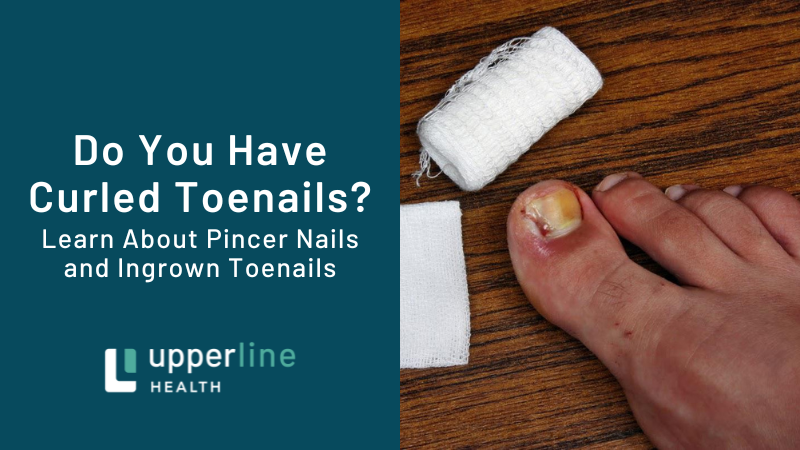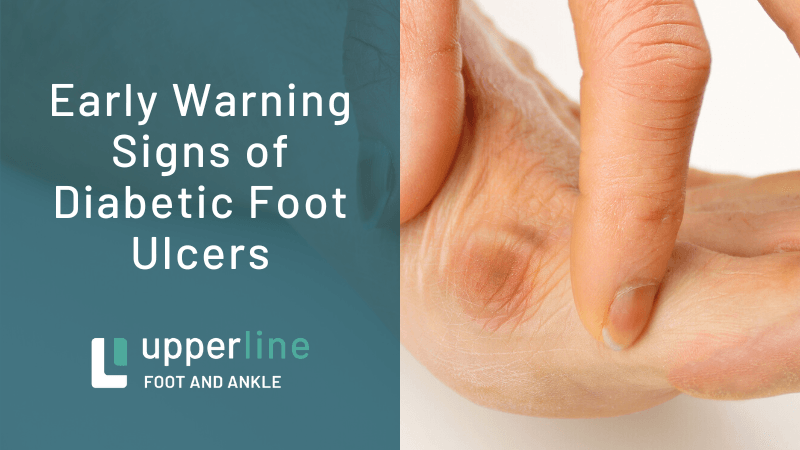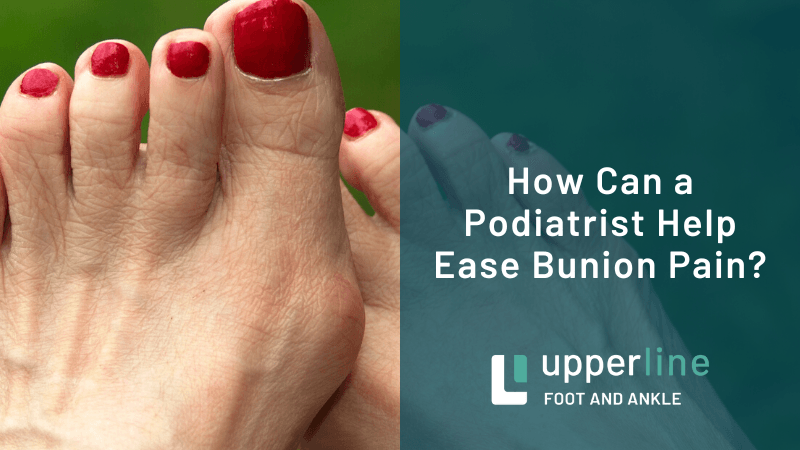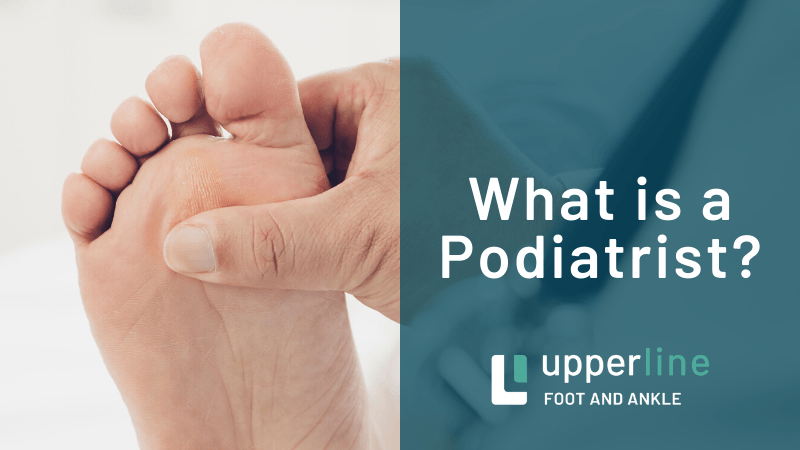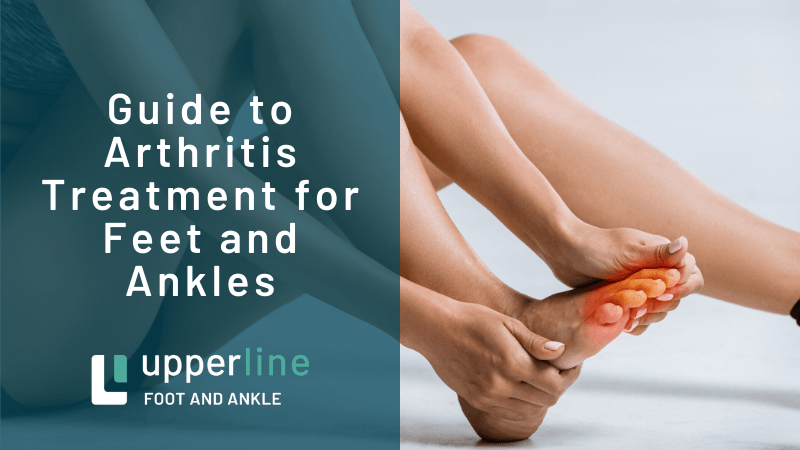High School Sports Injuries: Prevention and Treatment Tips from a Podiatrist
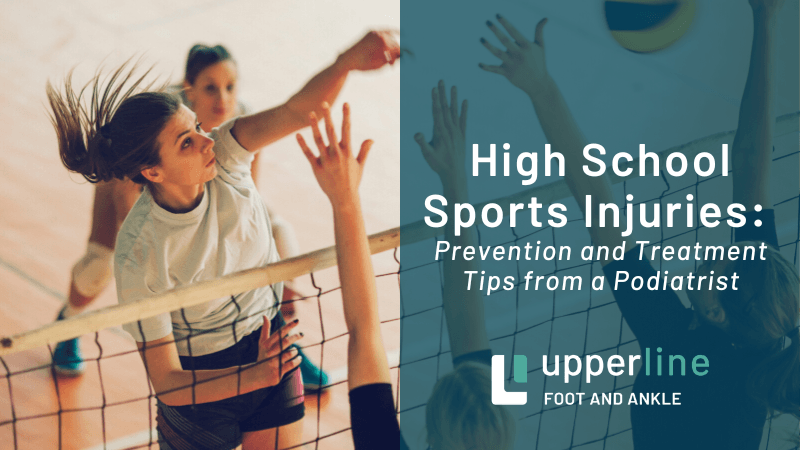
High school sports injuries are inevitable. Kids play at an extremely high level and push themselves to the limit at every practice and match. Even though injuries are a daily occurrence, taking precautions can reduce common injuries like ankle sprains and fractures.
Podiatrists work with kids and adults to prevent and treat feet and ankle injuries, which are among the most common high school sports injuries. This article will provide tips and tricks to help keep your high schooler's feet and ankles safe.
High School Sports Injury Statistics
According to the National Athletic Trainers' Association, high school athletes suffer nearly two million injuries each year. Of those injuries, 35% are to the ankle and foot.
The most common high school sports injuries are:
- Ankle sprains
- Achilles tendonitis
- Plantar fasciitis
- Shin splints
- Stress fractures
While some high school sports injuries are unavoidable, many can be prevented with the proper precautions. As a parent or coach, it's important to be aware of the risk factors and warning signs associated with high school sports injuries.
Risk Factors for High School Sports Injuries
There are several risk factors that can contribute to high school sports injuries. Some of the most common include:
- Poor conditioning: Athletes who are not in shape are more likely to pull a muscle or suffer an overuse injury. Injuries are common at the onset of the season when kids are starting training camp or Summer practice.
- Poor technique: Improper form can put unnecessary stress on joints and muscles, leading to injuries. Like poor conditioning, the start of the season often yields injuries because kids are learning or re-learning different techniques.
- Lack of warm-up: Cold muscles are more likely to be injured. A proper warm-up will help loosen the muscles and prepare them for activity.
- Wearing improper shoes: Shoes that don't fit properly or provide adequate support can lead to foot, ankle, and knee injuries. Kids are excited to show off their new shoes or cleats, but choosing the right shoes with proper support is vital to your child's safety.
Warning Signs of High School Sports Injuries
There are several warning signs that a high school athlete may be injured. If you notice any of the following, it's important to seek medical attention:
- Joint pain that persists after activity
- Swelling or bruising around a joint
- Limping or abnormal gait
- Sharp pain with activity
- Weakness or instability in a joint
Prevention and Treatment Tips for Foot and Ankle Injuries from a Podiatrist
Podiatrists are experts in the prevention and treatment of foot and ankle injuries. Here are some tips to help prevent high school sports injuries:
- Wear proper shoes: Make sure your high school athlete is wearing shoes that fit properly and provide adequate support. This is especially important for high-impact sports like basketball, football, volleyball, and soccer.
- Do a proper warm-up: A proper warm-up will help loosen the muscles and prepare them for activity. It's important to do a full-body warm-up that includes dynamic stretching and light cardio.
- Cross train: Incorporating other activities into your high school athlete's training will help reduce the risk of overuse injuries. Swimming, biking, and yoga are all great options.
- Listen to your body: If you're feeling pain, it's important to rest and ice the area. Continuing to play through the pain can lead to a more serious injury.
If your high school athlete does suffer an injury, a podiatrist can provide the treatment they need to get back on the field. Treatment will vary depending on the type and severity of the injury but may include:
Ice and rest: This is often the first line of treatment for high school sports injuries. Applying ice to the area for 20 minutes several times a day can help reduce pain and swelling.- Physical therapy: A physical therapist can help strengthen the muscles around the injured area and improve the range of motion.
- Surgery: In severe cases, surgery may be necessary to repair a foot or ankle injury. This is usually only recommended for severe injuries that haven't responded to other treatment methods.
A high school sports injury can be a frustrating and painful experience. With a proper prevention and treatment plan, your high school athlete can get back on the field to do what they love.
If you have any concerns about high school sports injuries, or if your child is experiencing foot or ankle pain due to an injury, please don't hesitate to contact one of our podiatrists trained in
sports injuries.
Navigation

